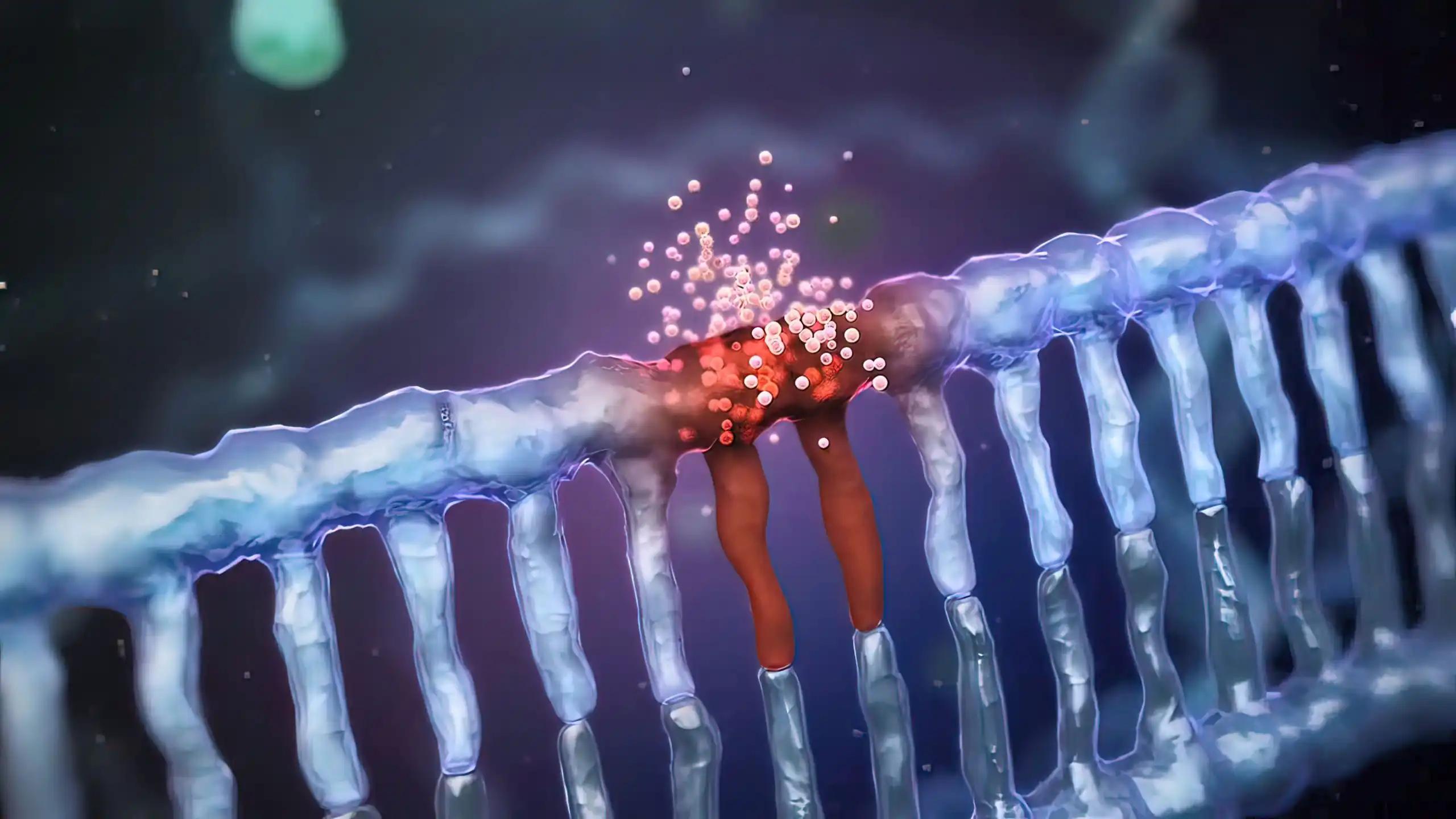KEY TAKEAWAYS
- The study aimed to investigate the role of SEMA3F in the transition of DCIS to invasive BC.
- The results revealed that SEMA3F through NRP1/NRP2 promotes breast cancer invasion; blocking these receptors may prevent DCIS progression.
Ductal carcinoma in situ (DCIS) is a preinvasive form of breast cancer, and understanding its progression to invasive disease is crucial. SEMA3F, a soluble axonal guidance molecule, and its coreceptors NRP1 and NRP2 are highly expressed in invasive breast cancer cells, suggesting a potential role in tumour progression.
Núria Moragas and the team aimed to uncover the role of SEMA3F in the transition of DCIS to invasive breast cancer.
Researchers used 2 cell line models representing the progression from healthy cells to DCIS and invasive breast cancer. In vivo models and patient databases were also utilized to ensure the findings were relevant to human disease.
The results demonstrated that SEMA3F promoted invasion during the DCIS-to-invasive breast cancer transition. This effect was mediated through NRP1 and NRP2. In epithelial cells, SEMA3F activated epithelial-mesenchymal transition, a process associated with cancer cell invasion.
Furthermore, it promoted the degradation of the extracellular matrix and the breakdown of the basal membrane and myoepithelial cell layer, which are barriers against tumour invasion.
The findings suggested that SEMA3F, through its interaction with NRP1 and NRP2, plays a significant role in the development of invasive breast cancer from DCIS. Importantly, blocking these coreceptors could potentially inhibit invasion and prevent DCIS lesions from becoming invasive.
This work was supported by Juan de la Cierva/Agencia Estatal de Investigación,Spain, Asociación Española contra el cáncer (AECC), La Marató TV3, Spanish Ministry of Education, and Universitat de Barcelona (UB).
Source: https://pubmed.ncbi.nlm.nih.gov/39138514/
Moragas N, Fernandez-Nogueira P, Recalde-Percaz L, et al. (2024). “The SEMA3F-NRP1/NRP2 axis is a key factor in the acquisition of invasive traits in in situ breast ductal carcinoma.” Breast Cancer Res. 2024;26(1):122. Published 2024 Aug 13. doi:10.1186/s13058-024-01871-0



